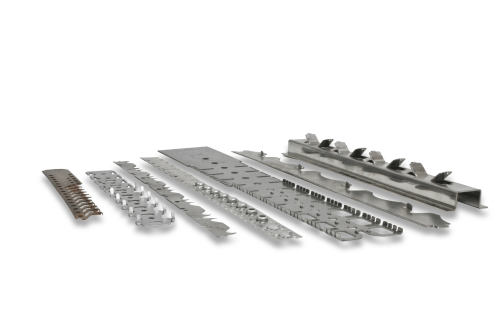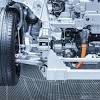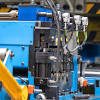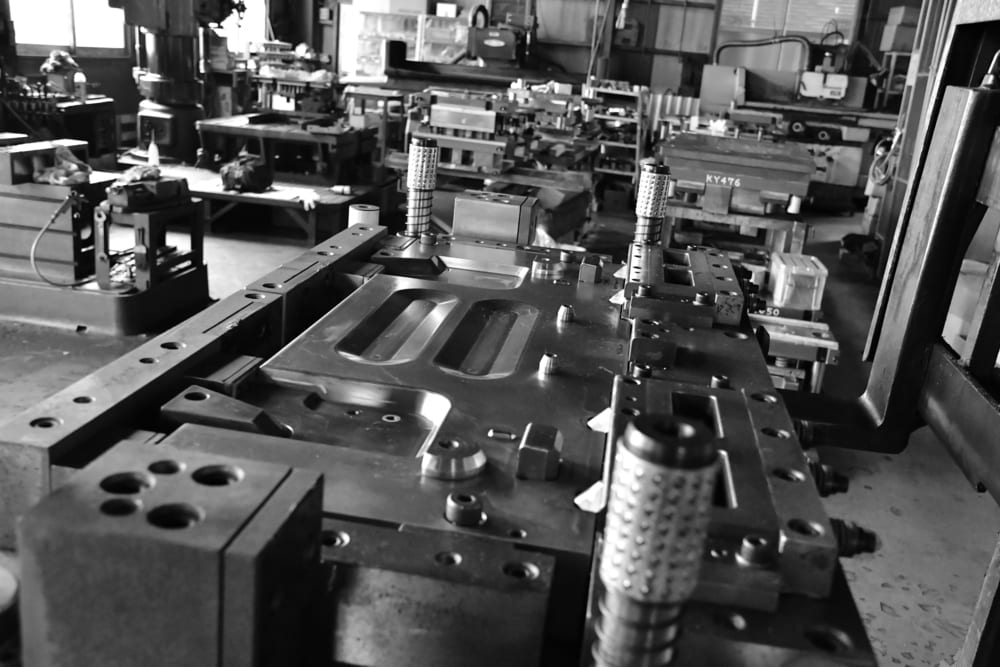Pneumatic tools have transformed industries by utilizing compressed air to boost efficiency and accuracy in various applications. From construction to manufacturing, these tools have become essential, delivering robustness and dependability. This detailed guide delves into the functionality, applications, and importance of pneumatic tools, illuminating their pivotal role in diverse fields.

1. What defines pneumatic tools and their functioning?
Pneumatic tools are driven by compressed air, harnessing its force to execute tasks. These tools incorporate a motor powered by compressed air, converting it into mechanical energy for operation. Stored in tanks or supplied through hoses connected to an air compressor, when activated, the air release enables the tools to perform tasks like drilling, sanding, painting, or tightening bolts.
2. What advantages do pneumatic tools offer?
Pneumatic tools offer numerous advantages over electric or manual counterparts. Lighter in weight, they’re easier to handle for extended periods and often possess higher power-to-weight ratios. Renowned for durability and reliability due to fewer moving parts, they generate less heat during operation, reducing risks of overheating and enhancing safety.
3. Where are pneumatic tools typically used?
Pneumatic tools find extensive usage across diverse industries. In construction, they tackle drilling, nailing, and riveting tasks, while in manufacturing, they assist in assembly lines for fastening, painting, and sanding. Automotive repair shops rely on them for tire inflation, impact wrenches, and sandblasting. Industries like aerospace value them for precision and reliability.



4. How are pneumatic tools relevant to geogrid applications?
Geogrid, crucial for soil stabilization and erosion control in construction, often requires specialized tools for installation. Pneumatic tools, including staple guns and nailers, play a vital role in securing geogrids effectively, ensuring stability and longevity in construction projects.
Applications and Significance:
Pneumatic tools’ applications span industries and tasks, contributing to enhanced productivity and precision. Their role in geogrid installation underscores their significance in construction and civil engineering, ensuring effective material installation.
Pneumatic tools stand as a cornerstone in diverse industries, offering unmatched power and efficiency. Their role in securing materials like geogrids emphasizes their significance in modern construction and engineering, demonstrating their indispensable nature.
